Making Sense: U.S. Census Poverty Data
BY ISN STAFF | October 22, 2013
The ISN staff recently interviewed Matt Cuff, Policy Associate at the U.S. Jesuit Conference Social and International Ministries Office, to discuss the U.S. Census 2012 data and what it tells us about the state of poverty in our country.
ISN: Can you give us an overview of the statistics the census collects each year and what the 2012 data tells us about poverty in the United States today?
Matt Cuff: Most people are familiar with the 10 year census, which just measures the general population of the country: where people are moving to, which states have grown which states have shrunk, but every year the census bureau also compiles data that measures poverty rates, income levels, and the rate of insurance coverage. Just so people have some context, the federal poverty line is set at $11,500 a year for an individual or about $18,300 for a family of three. Right now the median earned income is about $51,000 and currently about 15.4% of the population is uninsured.
ISN: How do these poverty statistics relate to children and families in particular? Who are these individuals who typically live in poverty?
Matt Cuff: Currently the poverty rate is stuck at about 15%. That means 44 million people in the U.S. are living at or below the poverty line. Sadly 22% of all children, around 16 million, in this country live in poverty. The poverty rate varies significantly depending on gender, race, and physical ability. 16.3% of women live in poverty, compared to 13.6% of men. About 25% of all Hispanic Americans and 27% of all African Americans are living below the poverty line, while only 9.7% of whites live in poverty. 28% of disabled Americans are living at or below the poverty line.
ISN: To put this into perspective, how much are people below the poverty line living on?
Matt Cuff: As I mentioned before, the poverty line for an individual is $11,500. When we dig deeper into the recent statistics, we find that about half of all the people living in poverty, about 22 million or so people, are in fact living in deep and persistent poverty at half the poverty line. We’re talking about 22 million people who are living on $5,750 or less a year. Now imagine trying to raise a family on something like that. Imagine paying for rent, an education for your children, or even a basic meal.
ISN: How do these statistics look geographically across the United States?
Matt Cuff: You can probably imagine how much many of these statistics play out. The data shows that 17% of people living in urban areas live in poverty which is slightly higher than for those living in rural areas which is about 14.5%.
The poorest state right now is Mississippi, which has a poverty rate of 24%, closely followed by New Mexico at 21% and Louisiana at 20%. The state with the largest number of people living at or below the poverty line is California with 6.33 million people. New York’s 15th Congressional District, where Fordham University is located, is the poorest district in the country. The poverty rate there is an astounding 41%.
ISN: Now this is the 2012 data, how does this stack up to previous years?
Matt Cuff: Well, this marks the 11th year of the last 12 years that poverty has either increased or remained the same. There is a misconception that we have high poverty rates because of the recession, but the numbers prove that poverty was actually growing for the majority of time before the recession. Rather than blame our current problem with poverty on the recession, lawmakers would do well to admit that this has been a persistent problem for a while now and Congress has done little to address poverty in a productive way.
ISN: How is the economic recovery influencing these poverty statistics? We have heard that the economy is slowly growing. Is there an impact from this in the census data?
Matt Cuff: You would think so, but there are a lot of reasons why it hasn’t. Poverty was actually increasing prior to the recession and then the recession hit and it spiked. Many jobs have been coming back, but unfortunately, the types of jobs now available are typically low wage, service sector types of jobs. Someone laid off during the recession may have been working in a factory with a pretty decent salary and benefits and now the only work they can find may be at a Wal-Mart or in the fast food industry, which typically pay minimum wage, or less. Beyond that, the numbers show that median income has fallen by about eight percent. In other words, people are having to make ends meet on about eight percent less than they were making before the recession.
I’d also like to highlight the fact that the recession and recovery aren’t affecting everyone in the same way. Unfortunately the vast majority of our country has suffering in some way during the recession, but especially the poor. The top 5% off income earners receive about 22.3% of all income last year, while 60% of the population received just 25% of income. That 5% is the only group to have earned a larger share of income since this data was first collected in 1967. So since 1967 income inequality has only been growing and the only group that has benefited from this has been the top 5% of the population.
Unemployment is also persistently high at 7.2%. There is a lot of rhetoric from politicians and political parties about people needing to “just get a job,” but when you do the math there is only about one job for every 3 job seekers. . What we need to do as a country is foster job growth, but not just any kind of job growth: job growth with decent wages and the right to organize .
ISN: Can you tell us about what is going on in DC to address poverty; what’s happening in Congress to react to these issues?
Matt Cuff: Current policy, especially in the House of Representatives, is prioritizing other issues besides poverty. For instance, you hear a lot of talk about the national debt, how much we are spending on the military, how much we are “wasting” on programs for low income Americans. There is also talk about de-funding the recent health care law. The word “poverty” is hardly mentioned. In fact a lot of what is going on DC will make life harder for the poorest Americans. The House of Representatives recently decided to cut $40 billion from SNAP, the Federal food stamps program. This is going to have a disastrous effect. Food stamps actually lift people out of poverty. Instituting those types of cuts will only increase hardship, especially on children.
ISN: You’ve spoken a lot about the troubling aspects of our society that are adversely affecting the poorest of our population, but is there anything positive currently happening?
Matt Cuff: There are a few positive to point out, I’d like to highlight two of them in particular. First, the Fair Minimum Wage Act has been introduced in the House and Senate. This legislation would lift the minimum wage to $10.10 an hour. This legislation would also increase the tipped minimum wage for food service workers from $2.13 an hour, to 75% of the federal minimum wage. Crucially, this legislation would tie the minimum wage to the consumer price index, so every year it would be adjusted to changes in the general cost of living which would help take this issue out of politics and also ensure that workers receive a slight wage increase every year. This legislation isn’t perfect, and as a Church, we support a real living wage, but this legislation marks an important step in the right direction.
The second thing I would like to point to is immigration reform. A lot of people haven’t really thought of immigration reform as an economic issue, but it is. The majority of experts agree that passing a comprehensive immigration bill would help jumpstart the economy. Good immigration legislation will help migrants who are currently undocumented and stuck in work situations where they have no legal recourse if their boss decides to pay them wages far below the minimum wage. They’ll be brought into the legal workforce and they will receive higher wages, which will help those families in particular and the economy in general. The second piece with immigration reform is that if we provide real citizenship to undocumented immigrants we are going to increase the tax base. If we pass humane and comprehensive immigration reform, we will see more money coming in to the government, and that’s a good thing, as that will go a long way in helping to ensure that this economy works for all Americans.
ISN: Is there anything happening at the state level or locally that we can be exited for?
Matt Cuff: There is a lot happening at the state and local level that we can be excited about. For instance, California recently passed a minimum wage law. It’s one of the strongest wage laws in the country and it will increase the minimum wage $10 an hour. Also, there are ongoing minimum wage campaigns in New Jersey, Massachusetts, Maryland, South Dakota, Alaska, Hawaii, Illinois, and Minnesota,.
Another positive anti-poverty effort is the Medicaid expansion that has been taken up by many states. The Affordable Care Act was passed a few years ago. One of the important pieces aimed addressing poverty is the Medicaid expansion. Medicaid is a program for low income Americans and provide a basic form of medical insurance. One thing the Affordable Care Act does is provide funding to cover more people under the Medicaid program. States have to choose whether they will accept the expansion or not. Currently 19 states plus the District of Columbia have accepted the Medicaid expansion. This will provide millions of additional people with needed medical insurance coverage, allowing them to seek higher quality medical care. However, what we really need is for all fifty states to sign up which would go a long way in alleviating one of the causes of poverty in America.
There are also some things happening that are not positive. From a Catholic perspective, one especially troubling trend of the last few years has been union-busting efforts in certain states. The Catholic Church believes every worker has the right to join a union, the right to a living wage, and the right to some control over their work situations. Unions has historically been one of the most successful methods of protecting workers rights, and therefore a great tool in the anti-poverty toolbox. The governor in Wisconsin successfully targeted public sector unions and won major concessions from them. We’re starting to see this happen in other states, including Michigan and it is likely going to happen in Pennsylvania and some other states with historically strong unions.
ISN: What can we do as people of faith to respond to the realities of poverty brought to light in the U.S. Census Data?
Matt Cuff: First, I think it’s important that people get to know the issues, but not simply in an intellectual way. Get to know your communities, get to know people who are directly impacted by poverty and the government and nonprofit programs that serve them. Many of our high schools, universities, and parishes offer opportunities to immerse yourself in these issues. Go to Appalachia, DC, or the South Bronx and see what life is like there.
Secondly, participate actively in government and at all levels. Make sure you vote, make sure you educate yourself about ballot initiatives, and most importantly make sure you talk to your elected officials about legislation that will help alleviate poverty, like the Fair Minimum Wage Act. Politicians need to know that their constituents care about poverty.
And then third, I think that we need to ask the tough questions of ourselves and the communities that we live and work in. Do our schools or parishes pay a decent wage? Do the food service providers our institutions contract with pay decent wages and respect workers rights? If not, what can we do about it.
ISN: Thank you for your time and for sharing this data with us and offering us ways to get involved on an individual level to address issues related to poverty in our own neighborhoods as well as at the national level.

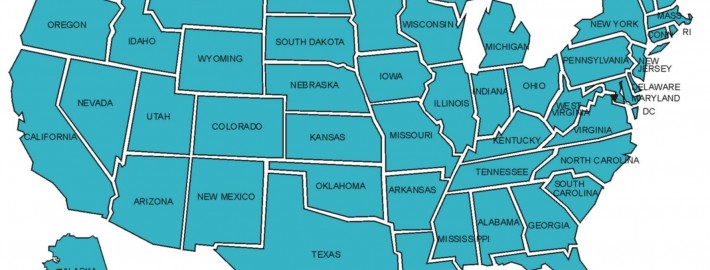
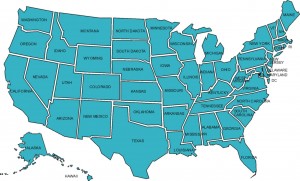
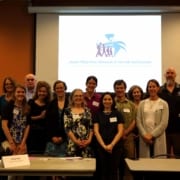

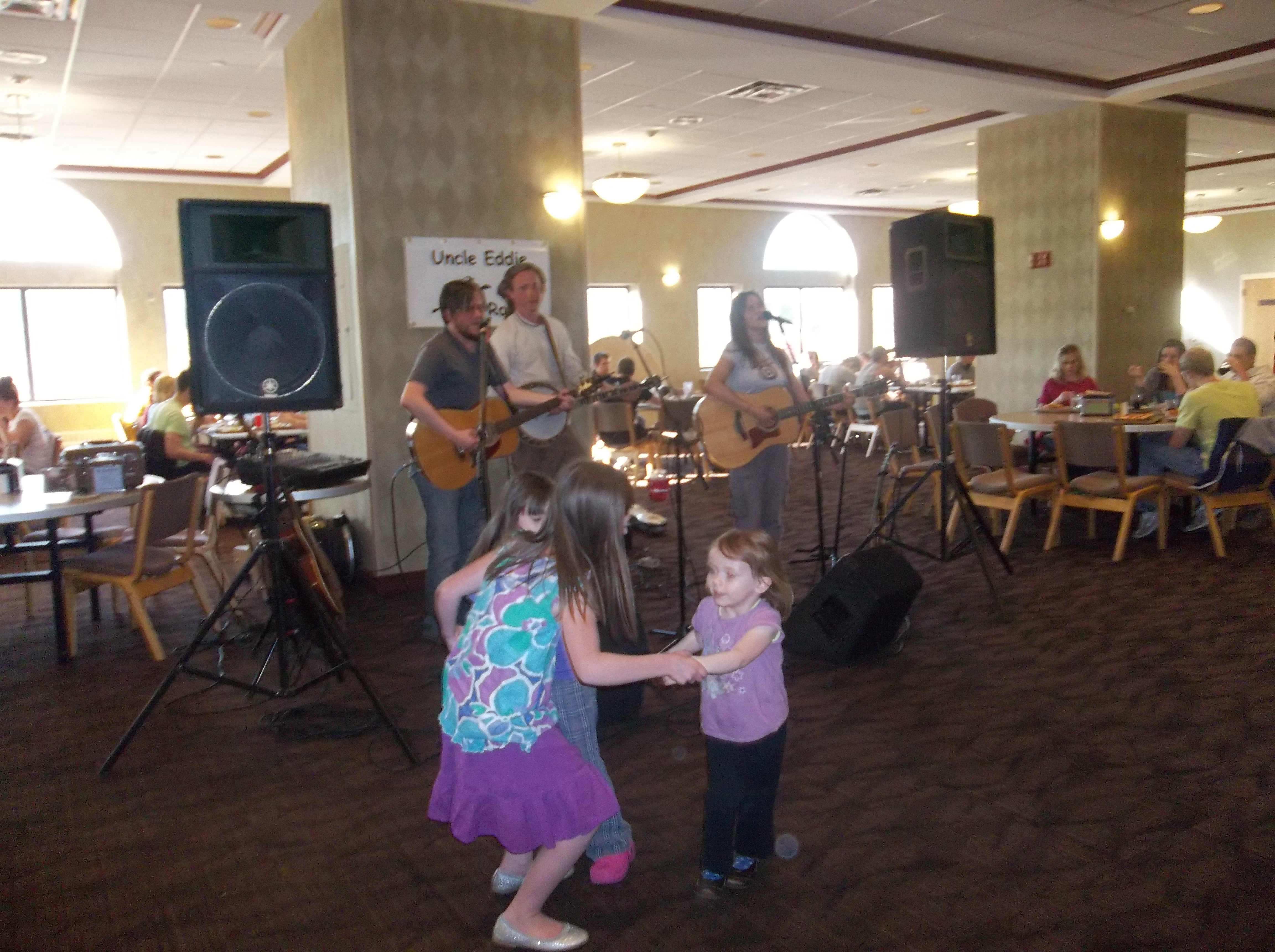

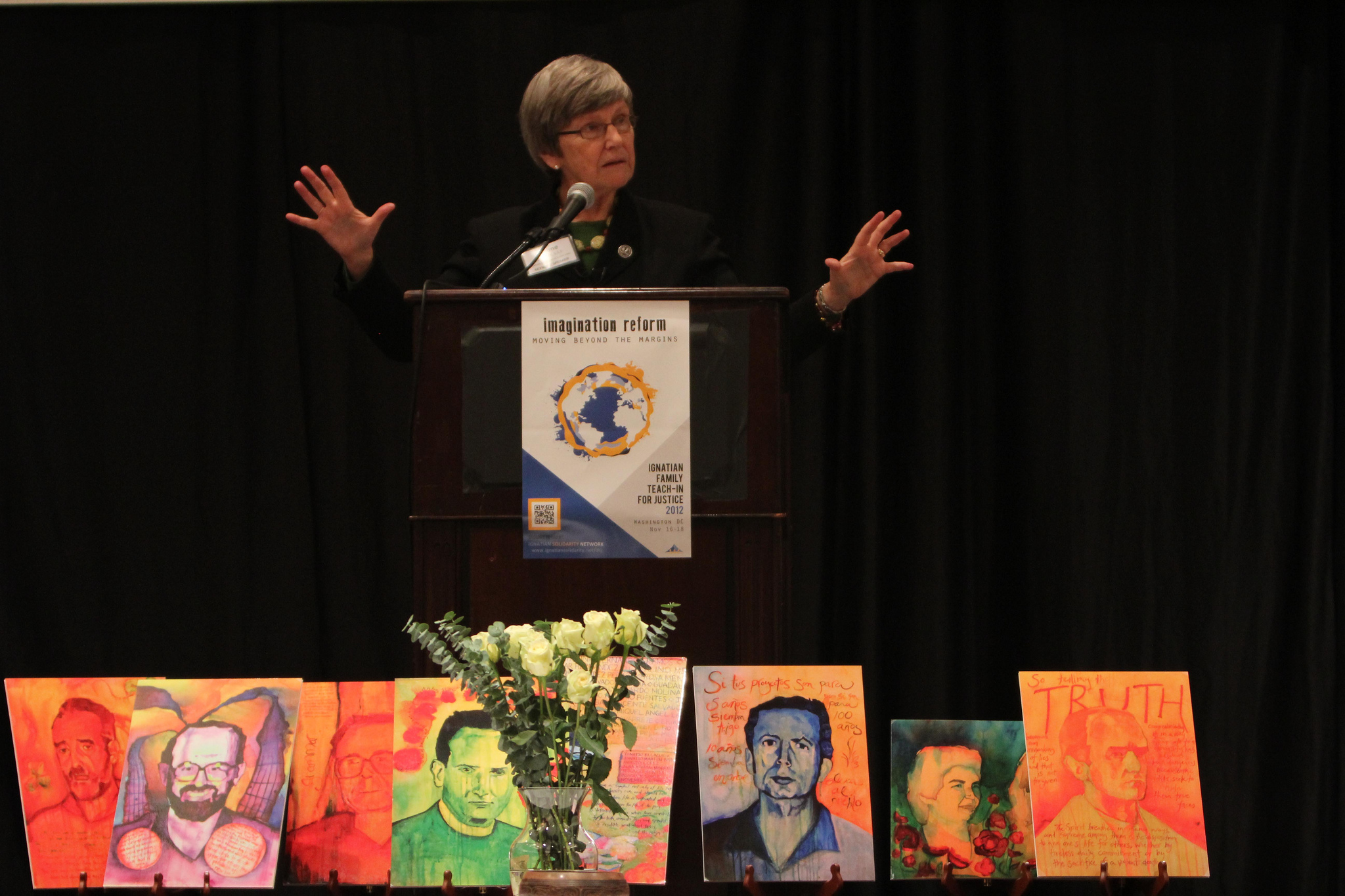
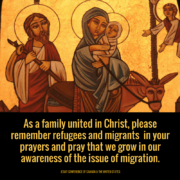


Leave a Reply
Want to join the discussion?Feel free to contribute!